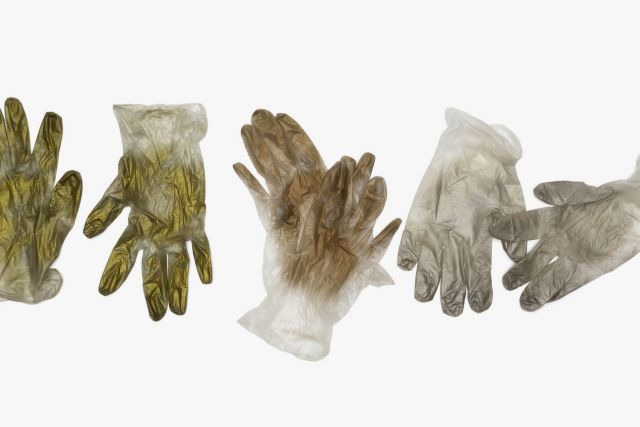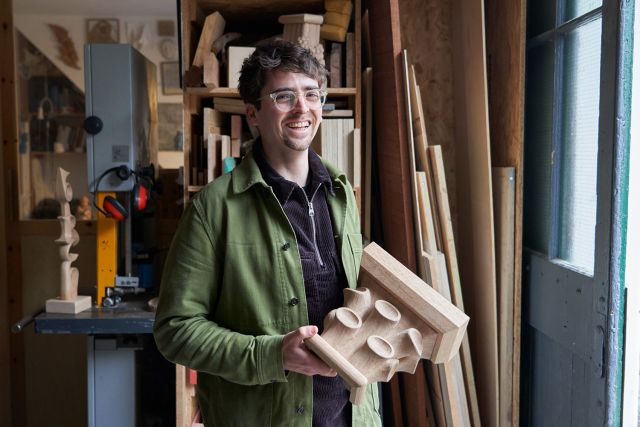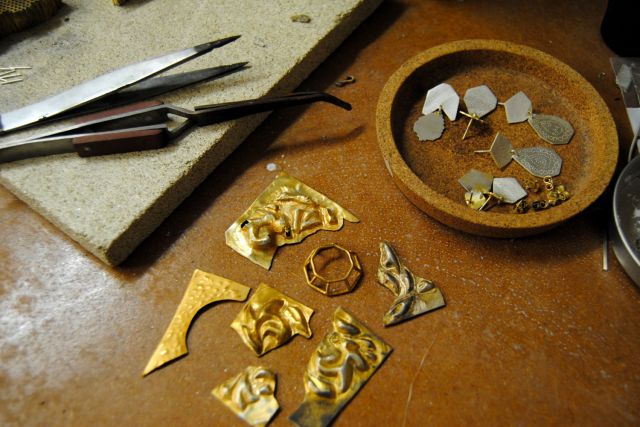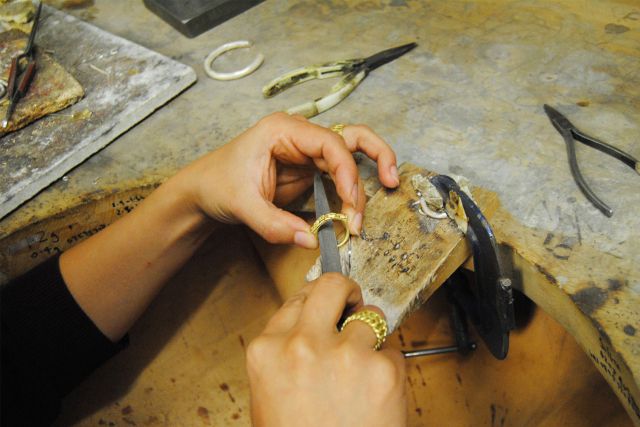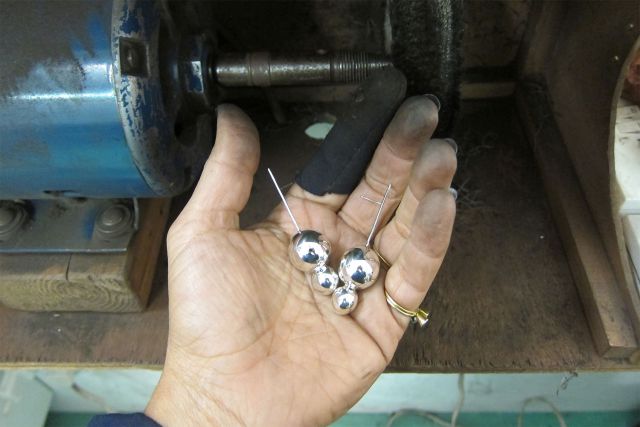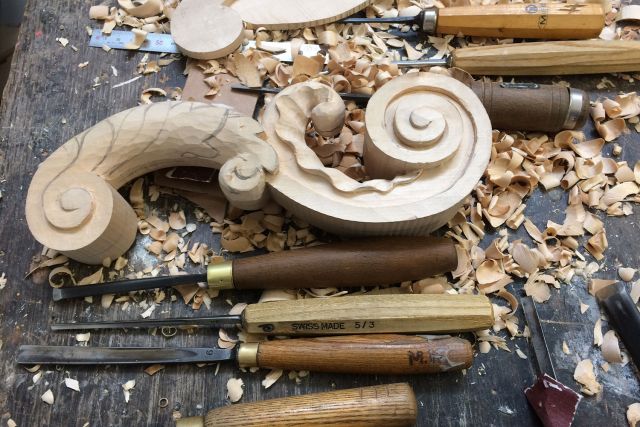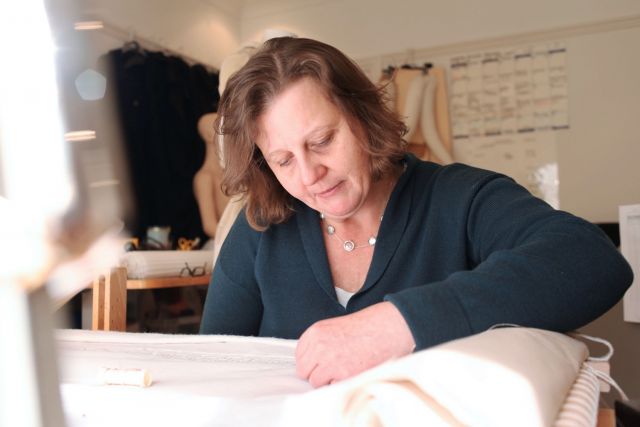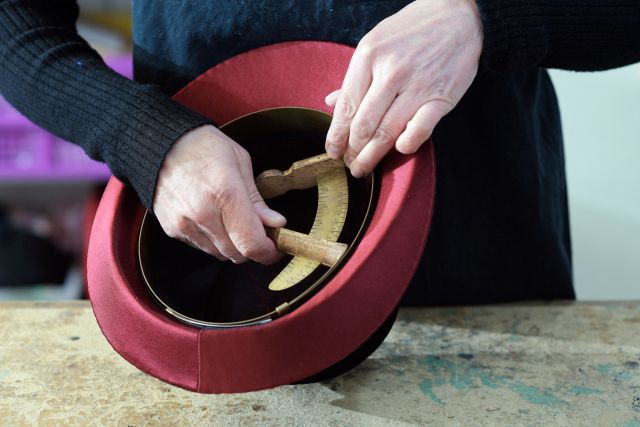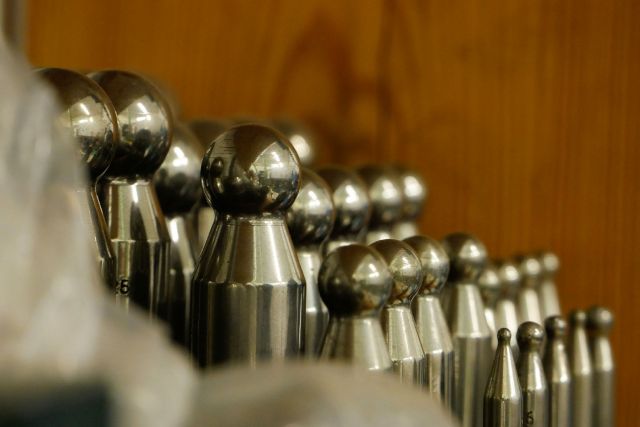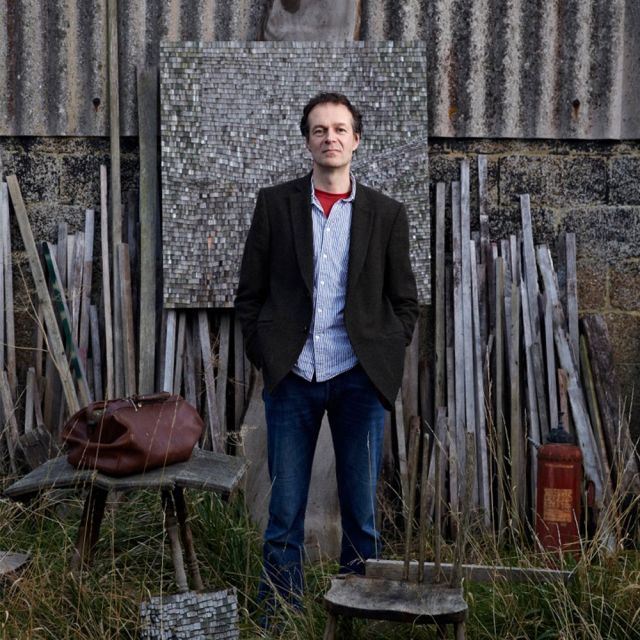
Judith Clark
- Curator
- Ambassador for London, United Kingdom
A flair for experimental fashion exhibitions
Judith Clark is a British curator and fashion exhibition maker and currently Professor of Fashion and Museology at University of the Arts London, where she co-directs the Centre for Fashion Curation. In 1997 Clark opened the first experimental gallery of fashion in London. Since then she has curated some 40 fashion exhibitions including Chloé. ATTITUDES, Anna Piaggi: Fashion-ology, and Spectres: When Fashion Turns Back. Commissioning museums include the V&A in London, ModeMuseum in Antwerp and Palazzo Pitti in Florence. In 2015 she curated and designed the inaugural exhibition at La Galerie Louis Vuitton in Asnières, while in 2018 she created the Fashion Inside and Out exhibition for the inaugural Homo Faber in Venice. Clark lectures internationally on issues of dress display.
What does craftsmanship signify for you?I have many associations with the word, some based on the arts and crafts movements in Britain in the late 19th century, for example, where there was such intense debate around the possible negative effects of industrialisation and machine-dominated production but also about the status of the decorative arts. It signifies an appreciation of how something is made.
How does it feature in your work and life?I design exhibitions of dress, so aspects of craftsmanship are key attributes that are being showcased in every exhibition. I also invest a huge amount of thought around the crafting of the structures themselves, the mannequins, and the wigs. In my life, I guess the crafts that I have learned that have given me immense pleasure are wood-carving and embroidery.
Do you have any stories about the artisans you have selected?I commissioned Rosie Taylor Davies to embroider a project that was a “toile for a dress”, a hypothetical dress if you like. It was based on a design for wallpaper by William Morris - she devoted 351 hours to it - so the principle of the investment in craft by Morris was actually embedded within the toile.
How would you define excellence?It is a very difficult question - but an interesting one. It feels so personal, but it has implied within it that there is a measure to be found or understood, or seen. It is difficult to articulate one’s criteria for excellence, but I have a sense of it when I come across it.




